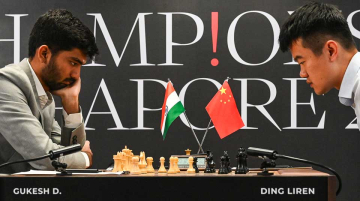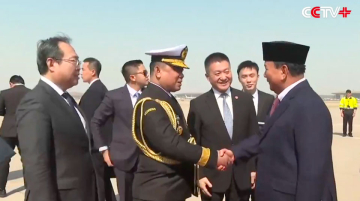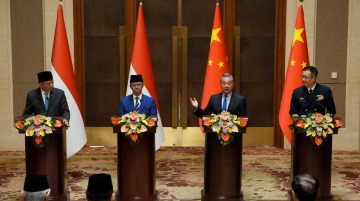
Chinese migration is one of the oldest and largest movements of people in the world. The latest tide lasted for over 300 years, which intensified in the sixteenth century and again in the nineteenth century due to the Opium Wars. As a result, there are about 60 million people of Chinese ethnicity living outside China today, and — this is what many Westerners don’t know — most of them are in Southeast Asia.
Often, ethnic Chinese communities faced discrimination and hostility in their new country. Many went through periods of forced assimilation and killings. Those who have claimed the adopted country’s nationality and identity — such as Chinese Indonesians and Chinese Filipinos — are still regarded with suspicion by the Indigenous populations. In recent years, amid China’s growing influence in Southeast Asia, Chinese Southeast Asians’ loyalty to their adopted countries is again being questioned.
Thus, Chinese New Year is a highly treasured time for Chinese Southeast Asians to celebrate their ancestry and, in many cases, to showcase their contributions and interactions with other social groups in their adopted country. The region comes alive and vibrant during the Chinese New Year with millions of Chinese descendants partaking in the festivities.
Let us take a look at some of the most unique Chinese New Year celebrations in Southeast Asia.
Singapore

In Singapore’s Chingay Parade, people from different ethnic groups come together to celebrate Chinese New Year. The parade started in the 1970s to compensate for a firecrackers ban that had been put in place, and has now gained the reputation as one of Asia’s largest street parades. It features performers in elaborate costumes, dazzling floats, and intricate props and structures.
The Philippines

Celebrate the festival in the world’s oldest Chinatown: Binondo. This 400-year-old district in Manila is known for the country’s liveliest Chinese New Year celebrations. People would gather around lion and dragon dancers. The streets are lined with red lanterns, banners, trinkets, children’s toys, colorful animals, and fire dancers, and politicians would join in the fun by throwing money out of their vehicles.
Indonesia
In a small town in Indonesia’s West Kalimantan Province called Singkawang, residents celebrate the end of the Chinese New Year’s festivities – Chap Go Mei – with a parade called the Tatung Parade. Showcasing a distinct mix of Chinese and the native Dayaknese culture, the parade features Tatungs, people possessed by the gods who can perform extreme abilities, such as walking on swords and piercing their bodies with metal skewers, to repel evil spirits.








